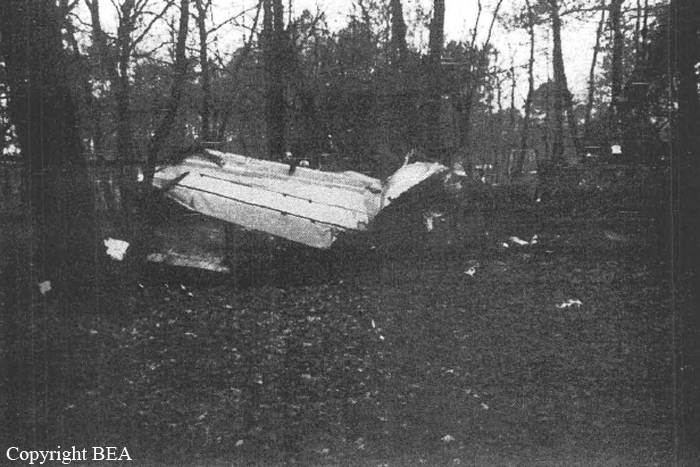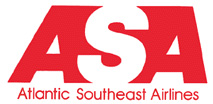Crash of an Embraer VC-97 Brasilía in São José dos Campos: 5 killed
Date & Time:
Jul 8, 1988 at 1600 LT
Registration:
2001
Survivors:
Yes
Schedule:
São José dos Campos -São José dos Campos
MSN:
120-029
YOM:
1987
Crew on board:
2
Crew fatalities:
Pax on board:
7
Pax fatalities:
Other fatalities:
Total fatalities:
5
Circumstances:
The crew was completing a local training flight at São José dos Campos Airport. While circling with one engine out, the pilot-in-command lost control of the airplane that crashed near the runway. Five occupants were killed and four others were injured.






